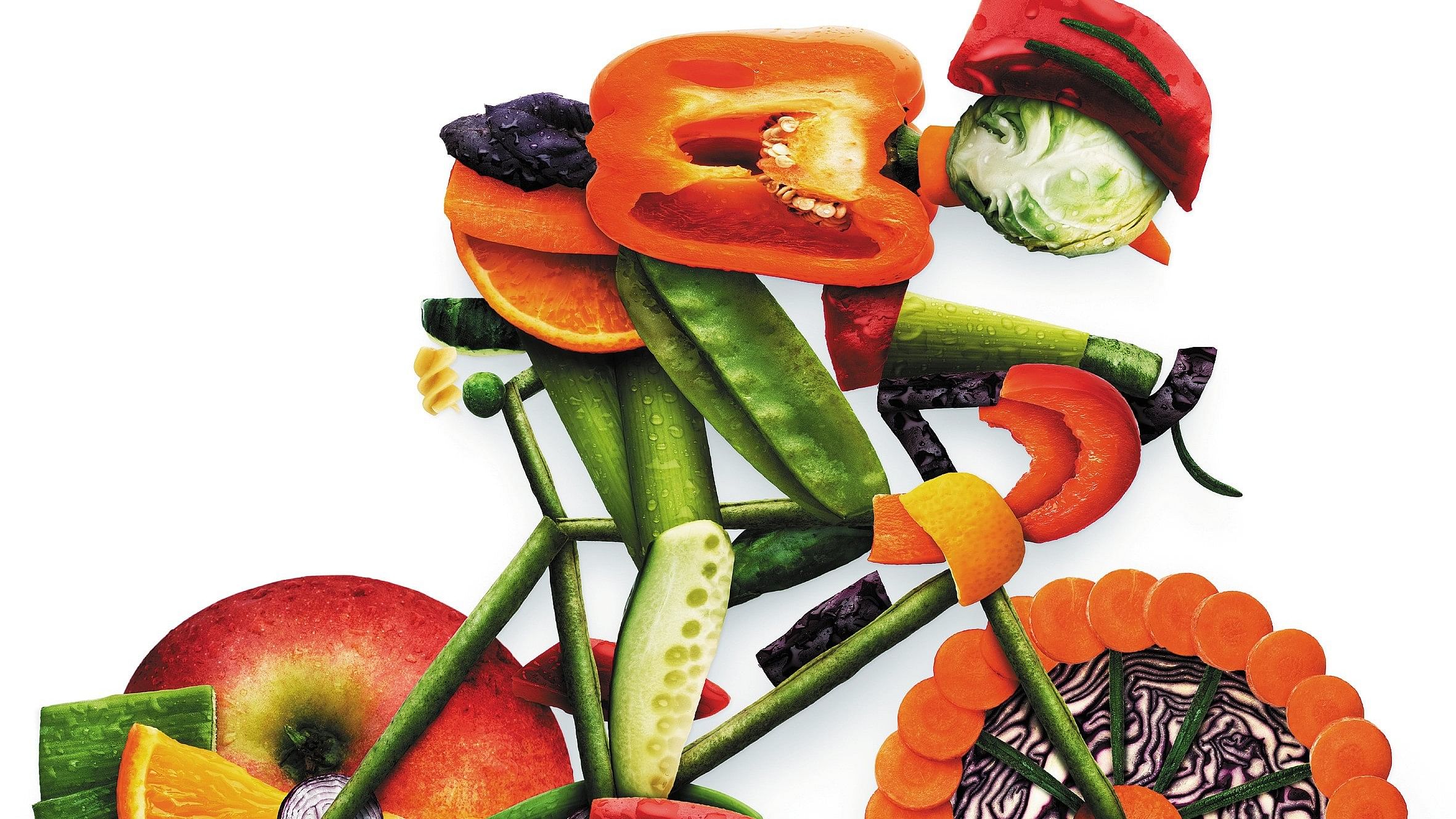
Most people can tolerate oxalate, however those with compromised gut flora may wish to restrict their intake. Studies indicate that oxalate may increase a person’s risk of kidney stones.
The health-conscious are big fans of leafy greens and other plant meals. But oxalate, also known as oxalic acid, is an anti-nutrient found in many of these foods.
What is oxalate?
Numerous plants, including leafy greens, vegetables, fruits, chocolate, nuts, and seeds, contain the chemical molecule oxalic acid. It mainly forms oxalate when it binds to minerals in plants. Oxalate is a substance that our body may make on its own or get from food.
When vitamin C is digested, it may also be transformed into oxalate. After ingestion, oxalate may combine with minerals to generate compounds such as iron oxalate and calcium oxalate. Although it may also happen in the kidneys and other urinary tract organs, affecting the colon.
Most individuals then excrete these chemicals in their pee or faeces. High oxalate diets, however, have been linked to a higher risk of kidney stones and other health issues in sensitive people.
Oxalate could lead to kidney stones
Small quantities of oxalate and calcium are often present in the urinary system at the same time but they stay dissolved and don’t create any issues. But sometimes, they unite to form crystals.
Some individuals may develop stones as a result of these crystals, particularly if their urine volume is low and their oxalate content is high.
Large stones may cause excruciating pain, nausea, and blood in the urine as they pass through the urinary system, while little stones often don’t cause any issues. While there are other kinds of kidney stones, calcium oxalate accounts for around 80%. Because of this, it may be recommended that those who have had kidney stones once should limit their intake of foods rich in oxalate.
It is no longer advised to reduce oxalate intake universally for all kidney stone sufferers. This is due to the fact that the body produces half of the oxalate in urine instead of absorbing it from the diet.
Nowadays, a majority of urologists only recommend a stringent low-oxalate diet (less than 100 mg daily) to patients who have elevated urine oxalate levels. Consequently, it’s essential to periodically undergo testing in order to determine the appropriate level of restriction.
Oxalate absorption is regulated by the gut
Before oxalate binds to minerals, some of it may be broken down by gut flora such as Oxalobacter formigenes that gets its energy by consuming oxalate. This significantly reduces the absorption of oxalate.
Some people have minimal O. formigenes because antibiotics diminish their colonies in the stomach. Research indicates that kidney stone risk is elevated in cases of inflammatory bowel disease.
Their inability to regulate oxalate absorption is the primary cause of this. Elevated amounts of oxalate in urine have been associated with gastric bypass and other gut-altering surgeries. Those who take antibiotics or have gastrointestinal disorders may benefit more from a low-oxalate diet.
Rich in oxalate foods
Nearly all plants contain oxalates, however some have extremely high and others very low concentrations. Foods derived from animals only contain traces. Beet greens, spinach, and Swiss chard are the top three vegetable “superfoods” that are rich in oxalate and might be harmful. Almonds are another high-oxalate food that you may easily 'overdose' on if you’re following a keto or paleo diet, which both tend to depend a lot on them or if you’re eating bread made with almond flour or drinking almond milk.
Serving sizes may vary, thus if the portion size is small enough, certain foods that are considered high in oxalate, such as endive, can be deemed low in oxalate. Some foods listed here (also see box on the right side) have a high oxalate content (more than 50 mg per 100 g serving): Endive, rhubarb, spinach, beet greens, sweet potatoes, peanuts, turnip greens, and star fruit, chocolate powder.
The low-oxalate diet plan
Individuals on low-oxalate diets for kidney stones are often advised to consume fewer than 50 mg of oxalate daily. Boil veggies high in oxalate. Sip a lot of water. Consume enough calcium. Aim for 800–1,200 mg of calcium per day since it binds to oxalate in your intestines and decreases the amount your body absorbs.
Must you stay away from it?
A diet high in antioxidants may be beneficial for those who are prone to kidney stones. But just because a product has a high oxalate content doesn’t mean that healthy individuals striving to maintain their health have to forgo nutrient-dense foods. Most of these foods are nutritious and full of fibre, antioxidants, and other essential elements. The majority of individuals shouldn't give up consuming foods rich in oxalate.
Foods to eat
Fruits: Bananas, blackberries, blueberries, cherries, strawberries, apples, apricots, lemons, peaches.
Vegetables: Broccoli, cabbage, cauliflower, mushrooms, onions, peas, zucchini.
Grains & starches: White rice, corn flour, oat bran.
Proteins: Eggs, meat, fish, poultry.
Dairy products: Yoghurt, cheese, milk, butter.
Beverages: Coffee, water, fruit juice.
Some herbs and spices: Cinnamon, cilantro, cumin, dill.
Foods to avoid
Fruits: Kiwis, dates, raspberries, oranges, tangerines.
Vegetables: Spinach, potatoes, beets, turnips, yams, okra, carrots.
Legumes: Navy beans, fava beans, kidney beans.
Nuts: Almonds, walnuts, macadamia nuts, cashews.
Seeds: Sunflower seeds, pumpkin seeds.
Grains & starches: Brown rice, couscous, millet, cornmeal.
Beverages: Chocolate milk, hot chocolate, tea, tomato juice.
Soy products: Tofu, soybeans, soy burgers.
Symptoms of too much oxalate in the body
Oxalates could be a hidden source of headaches, urinary pain, genital irritation, and joint, muscle, intestinal or eye pain. Other common oxalate-related symptoms can also include mood swings anxiety, sleep problems, weakness, atherosclerosis, prostatitis and burning feet.
(The author is an academician.)